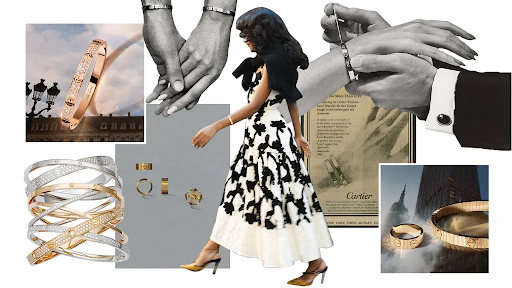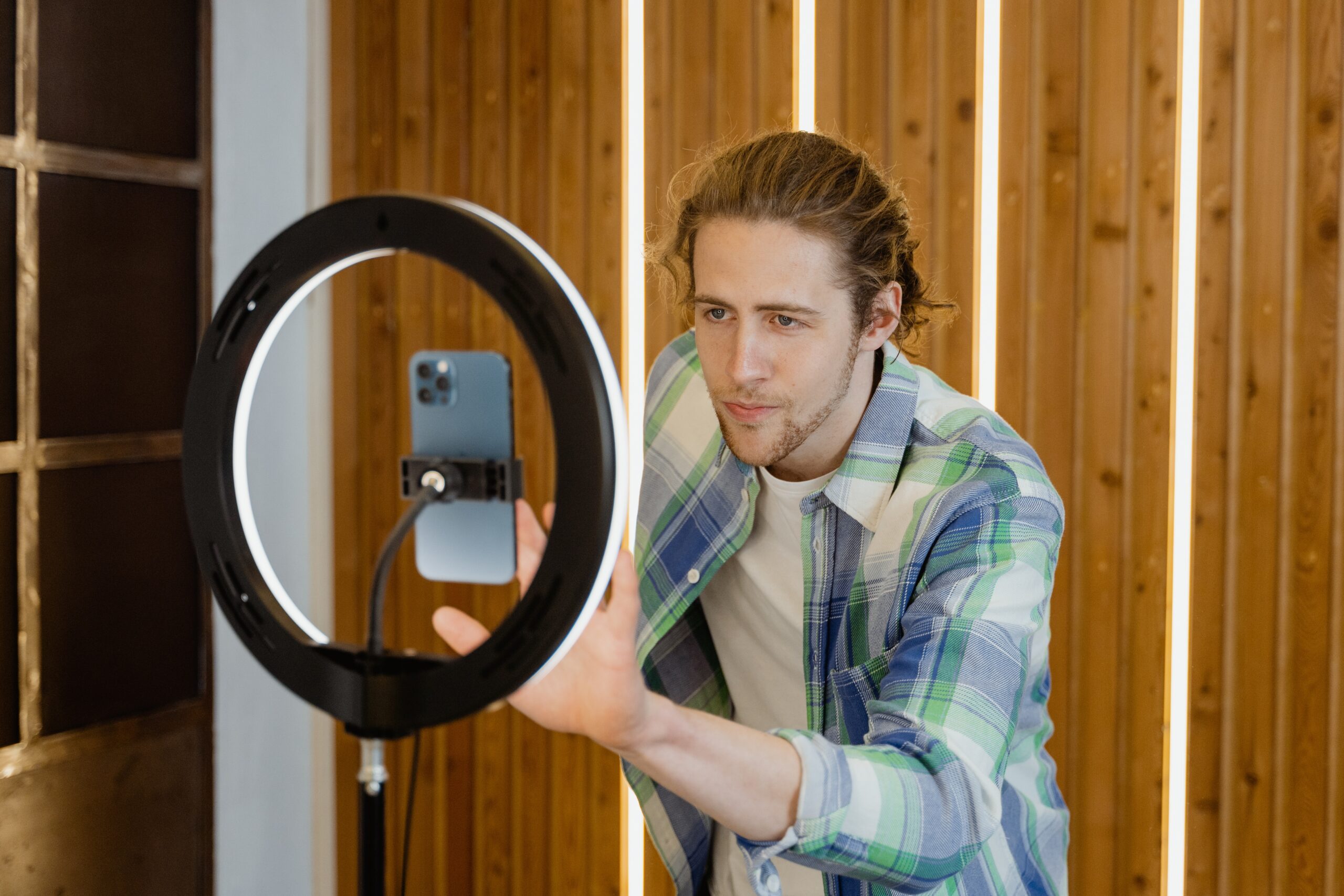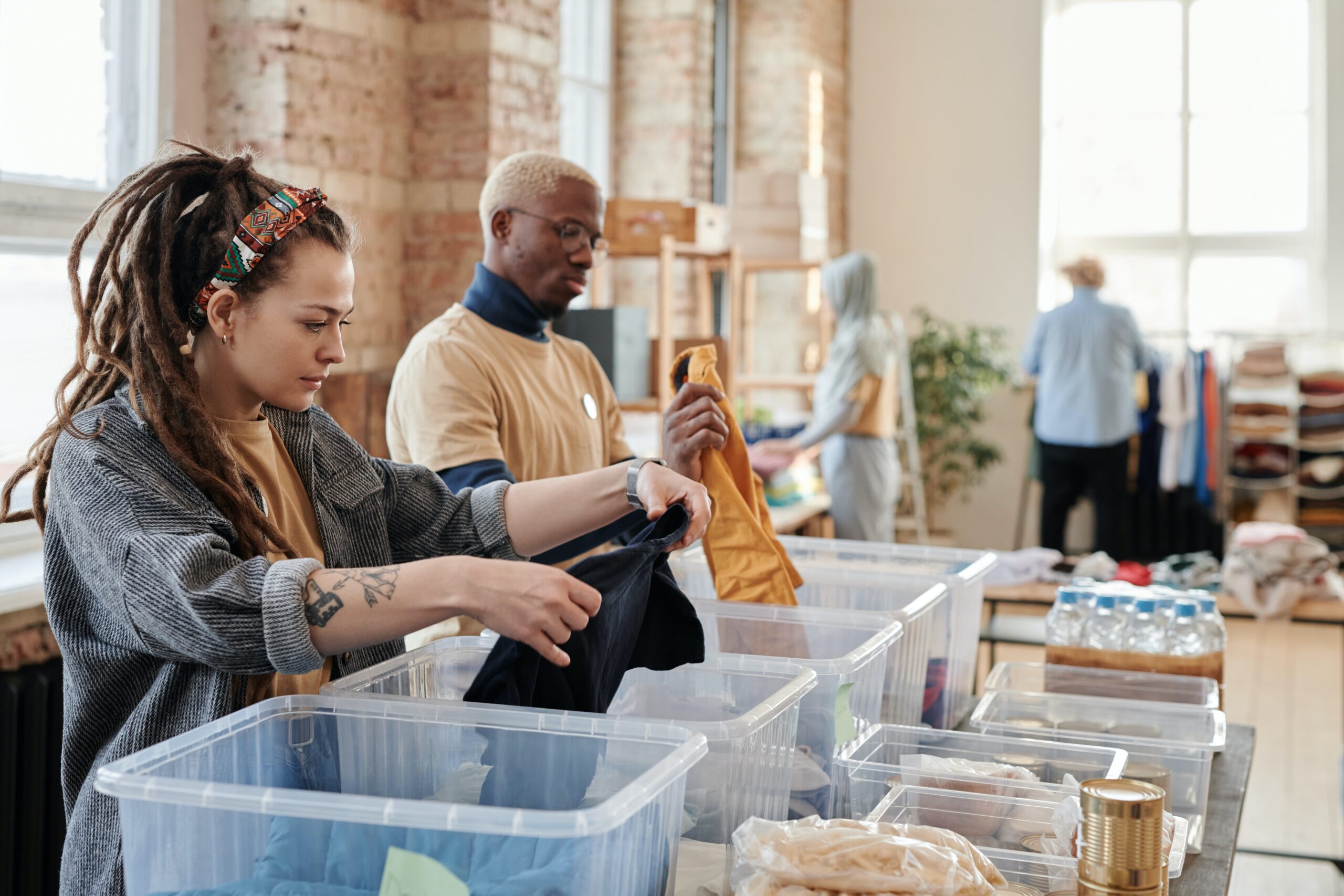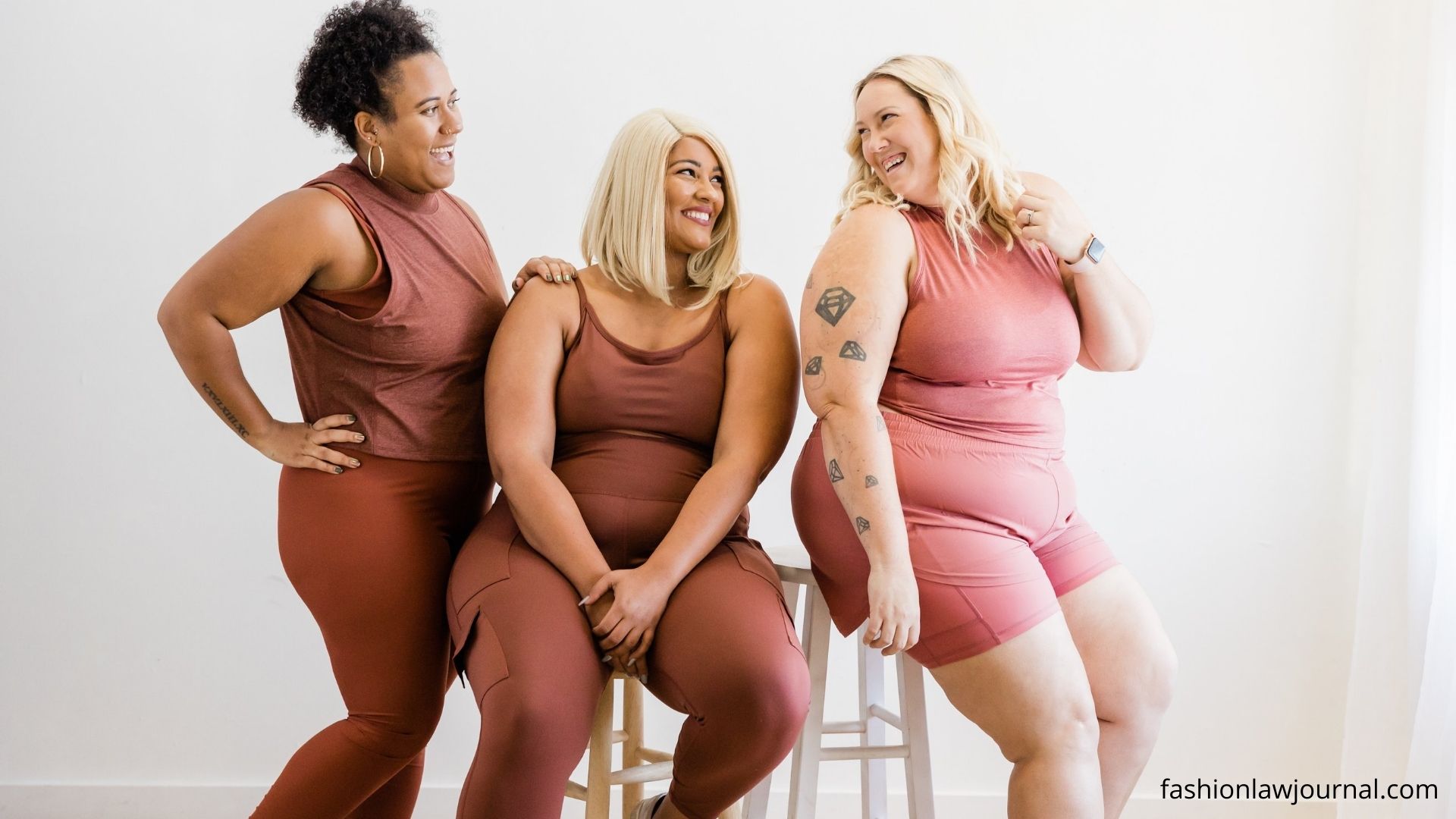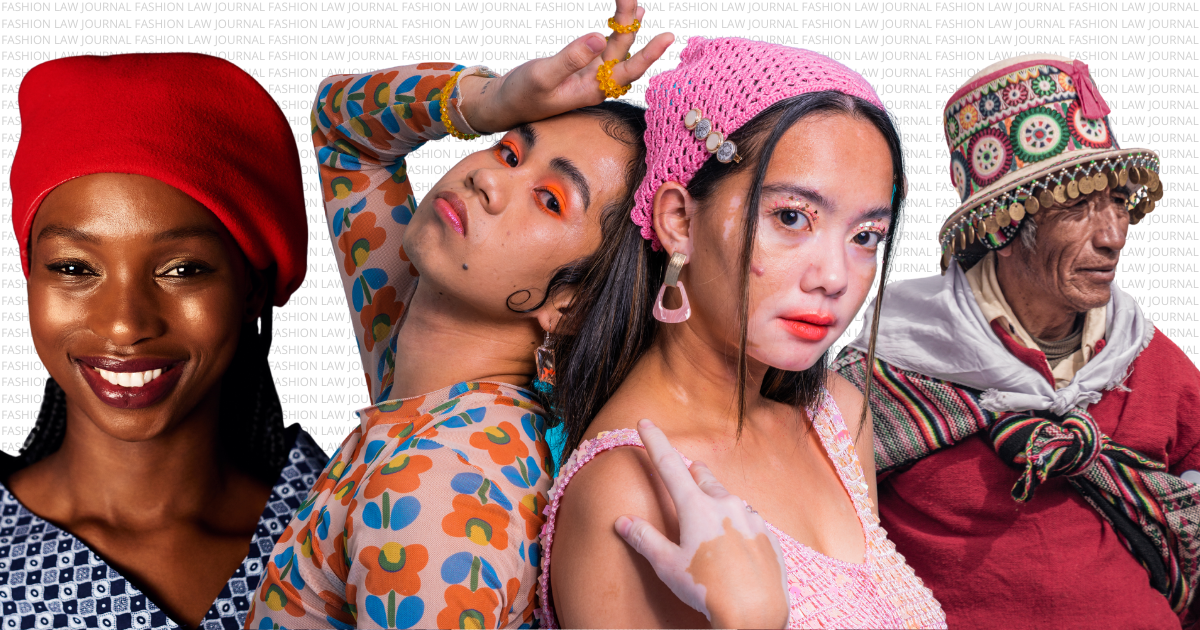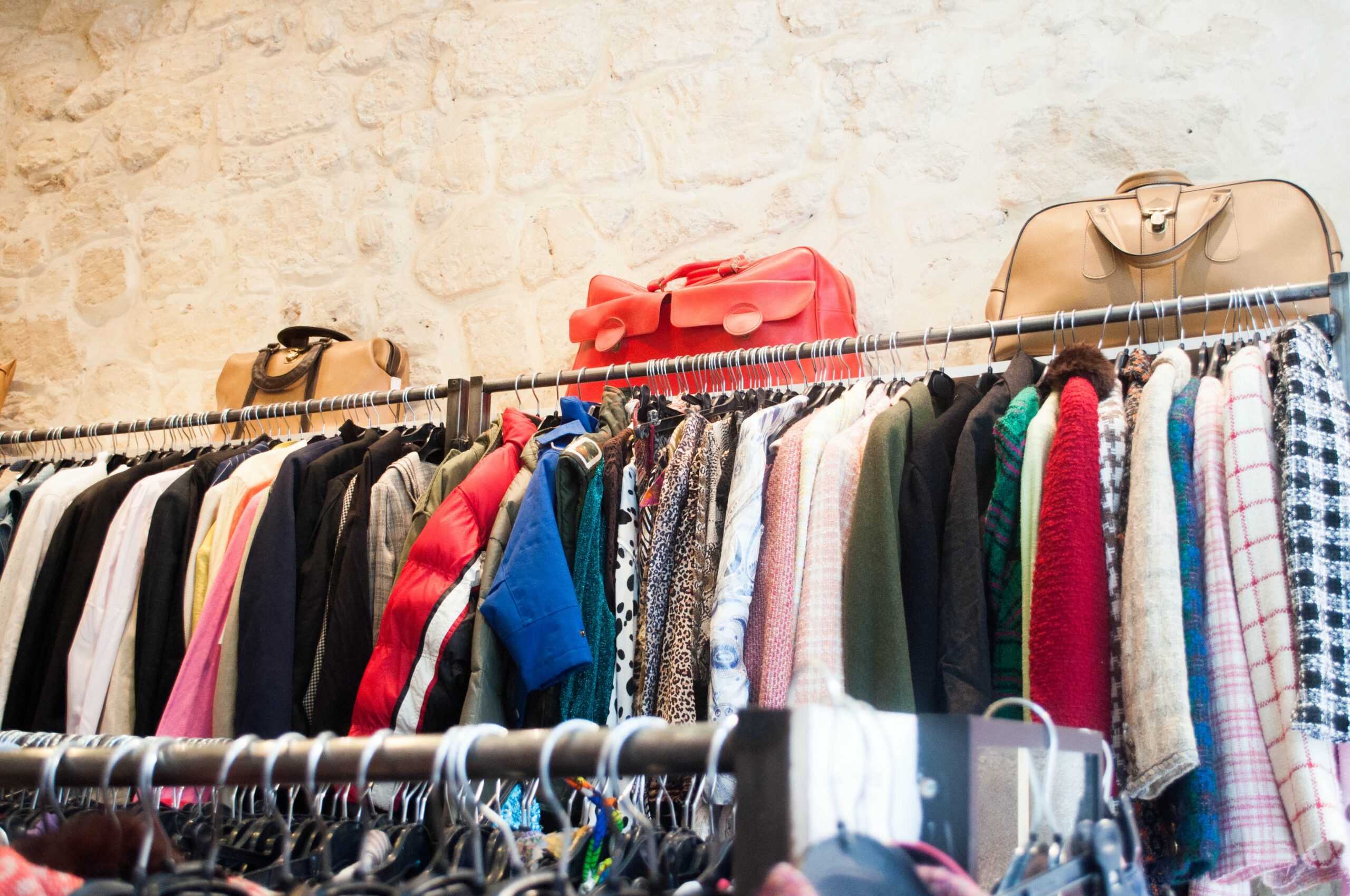Fashion is that platform which helps an individual to make a difference to millions of lives as well as be a voice for many. It is that trillion dollar, versatile industry which has been growing over decades and has everlasting effects. The apparel business needs to reconsider its position in a world where ethical consumption and limited purchasing power lead to fewer and more considered choices. It’s no longer enough to chase after new trends’ momentum. Fashion is rethinking its beliefs, committing to good causes, expanding its corporate social responsibility strategy, and, most importantly, continuously communicating its goodness. Another viewpoint, namely that of the product, is also feasible. Hence its very rightly said that the future of Fashion is Hybrid.
A variety of home grown, hybrid fashion is a beautiful and unexpected assembling of two cultures. The formation of fresh viewpoints is the most fascinating part of the blending of two cultures. It’s a kind of cultural partnership. Not the brand-name variety, but rather personas from near and distant colliding to build a new persona. Experimenting with their various values, the designers introduce a new degree of awareness to heritage and traditions, which is then reflected in their clothing. In recent years, there have been an increasing number of high-end, stylish brands contributing to groundbreaking and hybrid items. Consider the Stella McCartney label. The Stellawear collection, which will debut in September 2020, blends lingerie and swimwear. The multi-functional items are made for everyday use in the water and may be worn in a variety of ways. The back of the swimsuit can also be worn in front in this manner. This collection appears to be an example of the future for the clothing business that focuses on conscious consumption because the items can be worn in numerous ways and so you have to buy less.
The requirement for face masks as a result of the epidemic has recently opened up new prospects for designers. Mask sales grew rapidly in both physical and online stores. Despite the plentiful supply, one designer stood out by creating a hybrid product. Caroline Bayle, who created the Baylandi brand during her pregnancy, designed a scarf with a fold that allows it to be worn as a mouth mask. As a result, the accessory serves as a two-in-one device.
There are many of examples in the SS21 collections. In keeping with its deconstructivist aesthetic, Japanese label Ujoh has been working on the concept of flexible apparel. As a result, a garment that can be cut in half and turned into a multi-layered skirt has been created.
Hybrid fashion is are the need of the hour and the talk of the town. Mr Porter’s Buying Director, Sam Kershaw, believes that rising hybrid working habits will lead to new hybrid wearing styles. Consumers would combine comfort apparel with smart attire to enhance their looks following the pandemic, according to Kershaw in a piece by The Guardian.
Men, according to Kershaw, will eventually shop in a variety of styles. According to him, the pandemic acted as a spark in the clothing industry. It hastened a casualization that was already underway. Suit sales were down 7% year over year in 2019, according to market experts Kantar, and even investment banking was loosening up — Goldman Sachs unveiled a new “flexible dress code” with suits no longer required.
Since the limitations were lifted on July 19, Kershaw claims that goods ranging from longline shorts to statement watches have become new trends. The most noticeable ‘trend’ is a shift in customers’ shopping habits, with a focus on well-made items that are long-lasting and functional. Hybrid products that can be used for working from home, attending an office meeting, and participating in weekend activities check all of those boxes.
Meeting of culture and minds
Virginia Borrero De Castro, a Colombian designer, was living a life of sugar valleys, salsa dancing, and fashion when she chose – on a whim and impulse – to fly to India to explore the subcontinent. Her resolve to come to India in 2014 was solidified by her friend’s persuasion. While she may have always been drawn to fashion, her introduction to Indian culture is fascinating to say the least. She set out, inspired and full of hope, not realising that her experience would be the siren’s lure that would keep her returning for the next three years. De Castro was founded in Jaipur in 2017, after she laid the groundwork. Her goal in launching her business was to make clothing that blended a little bit of India with Colombian culture. She rapidly noticed that both cultures valued indigenous arts and crafts that had been passed down through centuries as she divided her time between the two places. Her aesthetic, which stems from her Latin-American background, is expressed through Indian artisanal skills and handlooms. Her first bet paid off, and the ball was rolling. Her label will now have a new atelier in New Delhi by 2022. She’s also dabbled in footwear, with delicately embroidered detailing, and is currently expanding the collections to include swimwear and cowboy boots. The designer’s next ambition is to have a stronger global presence, as she hopes to bring the brand closer to the other half of its birth storey, in South America.
New Delhi-born designer Hemant Sagar and French designer Didier Lecoanet’s future endeavours are aligned thanks to the historic sense of French fashion. The designers structure their collections with tailoring as their signature, drawing inspiration from their roots. Lecoanet claims the concept for their upcoming SS21 ready-to-wear collection is centered on exploring the wilderness. The garments contain intricate embroidery inspired by lichen structure and layered prints that resemble the mysterious patterns found on wild mushrooms. In a natural palette of eucalyptus green, amethyst, dandelion yellow, and cinnamon, their characteristic poplins and linens are brought back.
“To be honest, I don’t think you could find two more opposing cultures, it’s the tiny Scandinavian country versus one of the world’s largest populations,” chuckles Amalie Othilia Brandi Mikkelsen, co-founder of Malie, an Indo-Scandinavian ready-to-wear company. However, combining Scandi style’s easy-chic comfort with India’s brilliantly coloured cottons was the perfect recipe for a fresh – albeit hybrid – aesthetic to convey to India’s fashion-forward ranks. Karandeep Chadha of Malie and Mikkelsen met at Parson’s New School of Design in New York. Chadha, who was born in New Delhi, was studying fashion marketing, while Mikkelsen, who was born in Copenhagen, was studying design. Malie is a product that brings two worlds closer together, not only the underlying complexity of ethically created fashion. Romance is infused throughout the design with wispy silk blouses, ikat dresses, bold collars, and ruffles galore on cotton and linen pieces. Mikkelsen finds it pleasantly surprised that colours are openly embraced in India, in contrast to the sparse and muted tones of Scandinavian aesthetics. Her vision for Malie was inspired by a changing concept of fashion in her birthplace, where striking pieces combine comfort and wearability at the same time. The team also goes into great detail about sustainability, emphasising the need of infusing ethical practises into all aspects of the company. They employ Better Cotton Initiative (BCI) certified cotton, natural dyes, and are conscious of overproduction. They intend to give Malie a worldwide platform in the future by expanding the project internationally and revisiting Copenhagen.
References
- Ilona Fonteijn, (2020, October 7), The future of Fashion is Hybrid
https://tekdeeps.com/the-future-of-fashion-is-hybrid
- Shriya Zamindar, (2021, May 21st), Hype for Hybrid: 3 Homegrown Fashion labels that meld unexpected cultures



